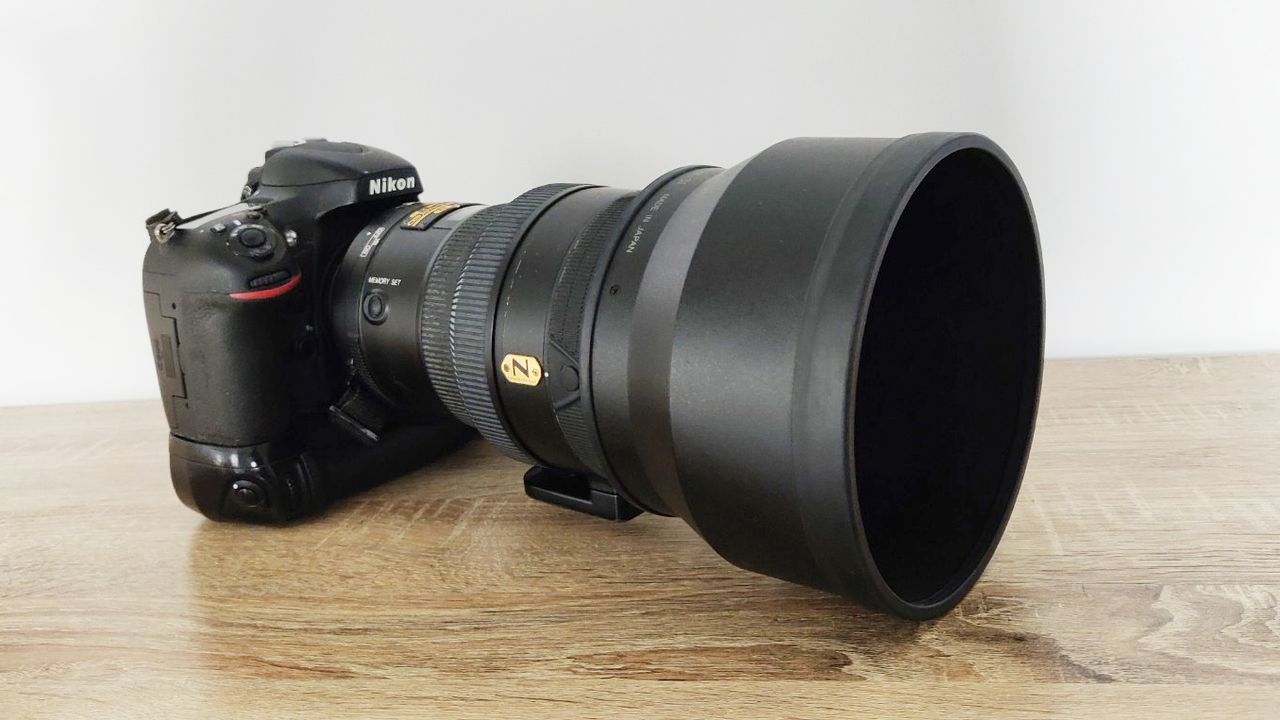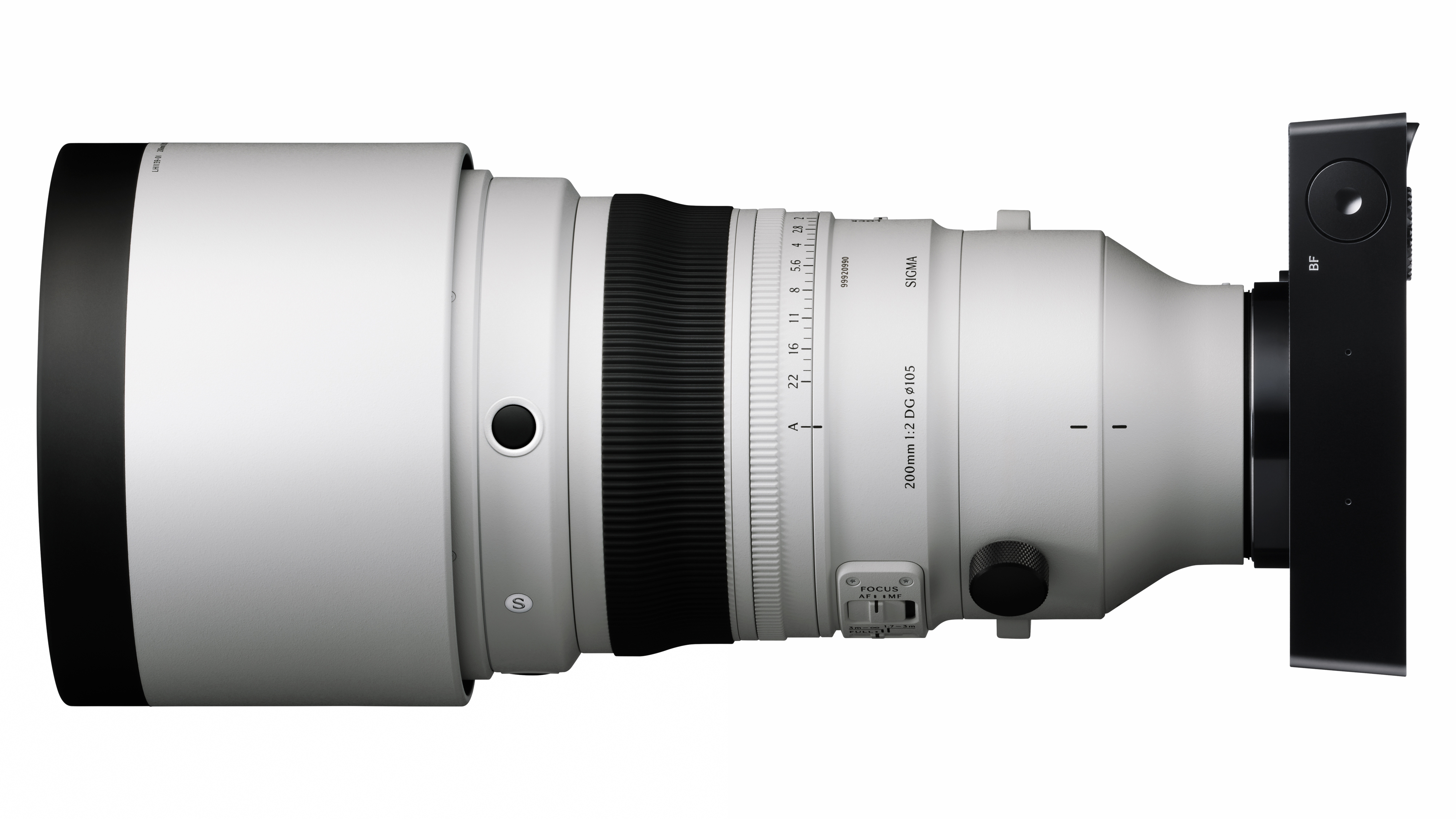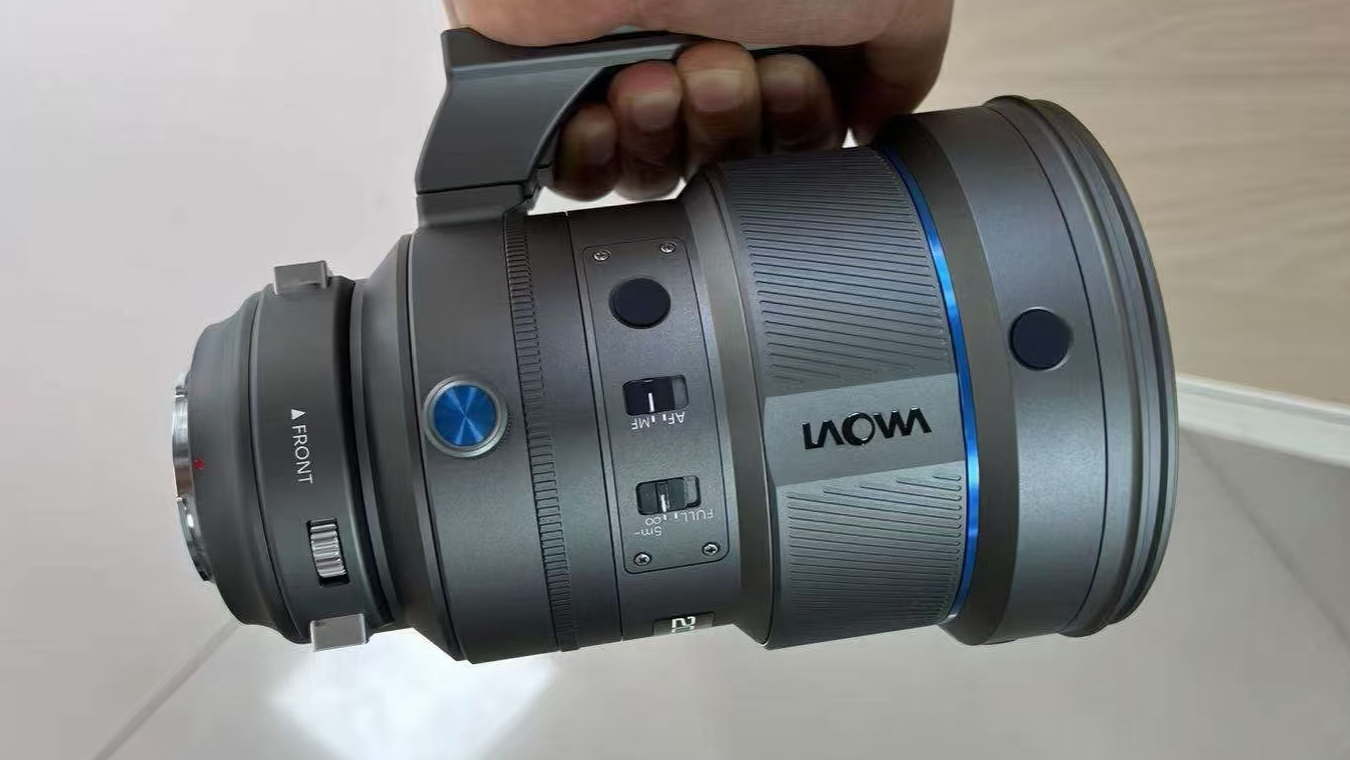
There are few focal lengths in photography that carry the kind of mystique and magic that the 200mm f/2 does. It is a lens that lives in a world of its own, defying convention and offering something so distinct that once you’ve shot with it, nothing else quite compares.
For many photographers, 200mm is just the far end of a trusty 70-200mm f/2.8 zoom – a workhorse, reliable and versatile. But a fixed 200mm f/2 prime is a different animal entirely, producing images with such separation and character that they almost feel otherworldly. It’s not just another telephoto lens; it’s a statement piece of glass.

Throughout my two decades as a professional sports photographer, the Nikon 200mm f/2 was my constant companion, and frankly, my secret weapon. I leaned on it event after event, because it offered something that no other lens could. That wide-open aperture pulled subjects forward in a way that made subjects leap from the frame while melting the background into buttery smoothness. Even in chaotic arenas, with flashing lights and crowded backdrops, that lens could isolate a subject so cleanly it was as though I was carving them out with a scalpel.
It’s a lens I adored so much that at one point, I owned not one but three Nikon 200mm f/2 lenses. That might sound excessive, but when a piece of gear becomes an extension of how you see the world, it’s hard to imagine being without it. While some photographers dream of fast super-telephotos like the 400mm or 600mm, my obsession was always with the 200mm f/2. It wasn’t just sharp; it had a personality, a look that gave my images a signature style. When you’re covering sports, where so many shots can start to feel similar, that kind of tool can set your work apart.
But sports were only one chapter of the 200mm f/2’s story. Many photographers treat it as a long portrait lens, and in that role, it becomes something truly poetic. Wide open, it delivers a shallow depth of field and a dreamy roll-off that’s often compared to medium format. Faces are rendered with a creamy smoothness, and the transition from in-focus to out-of-focus has a unique quality that no other lens can quite match. Stop it down, however, and the 200mm f/2 transforms into a razor-sharp instrument capable of resolving astonishing detail. It’s a chameleon, offering both artistry and technical perfection depending on how you use it.


This is why the arrival of the new Sigma 200mm f/2 DG OS Sports lens feels so important. For years, Nikon and Canon shooters guarded their 200mm f/2 primes like crown jewels, but now Sigma is democratizing that magic. In their Sports lineup, known for durability and cutting-edge optics, the 200mm f/2 stands as a bold statement that such specialty lenses still have a place in today’s market. It means that more photographers can experience this iconic focal length without having to scour the second-hand market for aging glass.
Even more intriguing is the rumor that Laowa is preparing a 200mm f/2 of its own. Laowa has built its reputation on daring, unusual optics, and if such a lens materializes, it could bring this special focal length to an even broader array of systems, including mirrorless mounts where native 200mm f/2 primes have never existed. The thought of more photographers discovering the lens that defined so much of my career is, quite frankly, thrilling.
In an age where zooms dominate and f/1.2 primes steal the headlines, the 200mm f/2 remains something quietly, defiantly special. It is not a lens for everyone, nor should it be. It is for those who want to create images with a look that cannot be replicated by stacking features or megapixels.
To me, it will always be the lens that gave me my voice as a photographer, and I am glad to see its legacy live on through Sigma, and perhaps even Laowa. Some tools transcend trends, and the 200mm f/2 is one of them.







